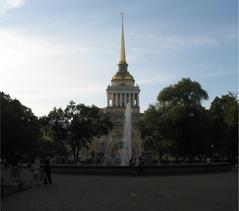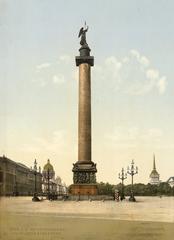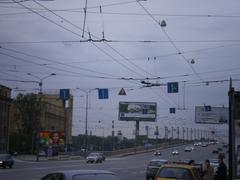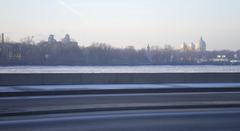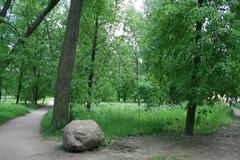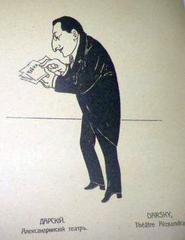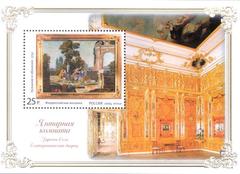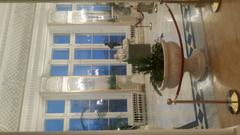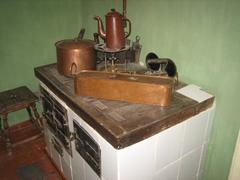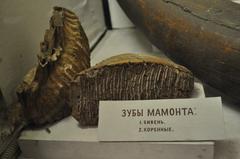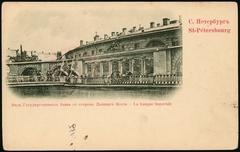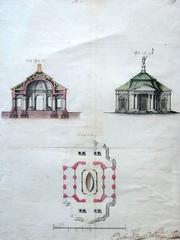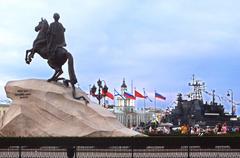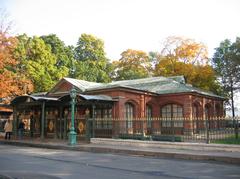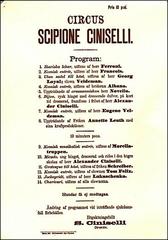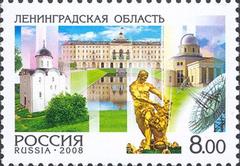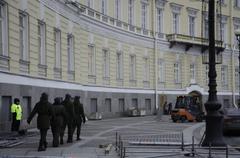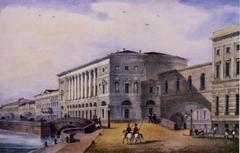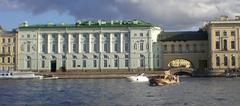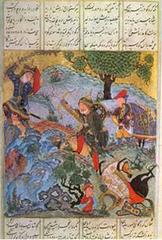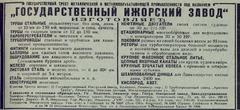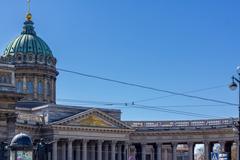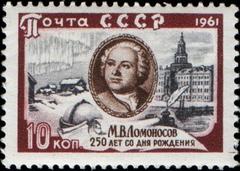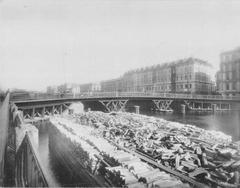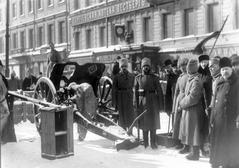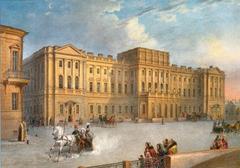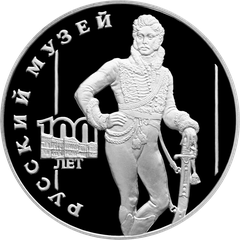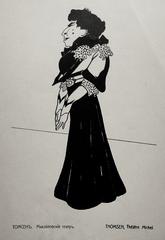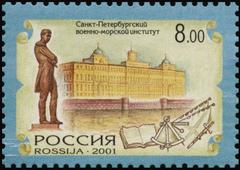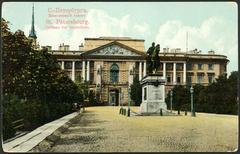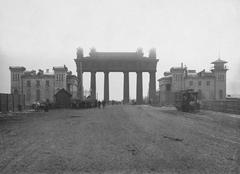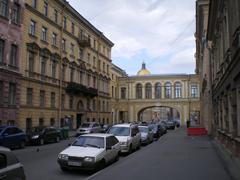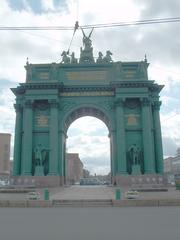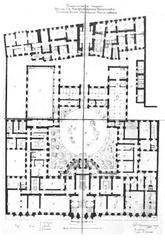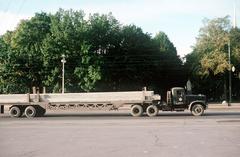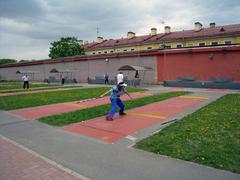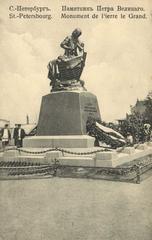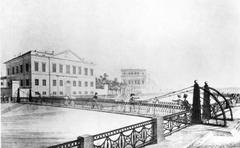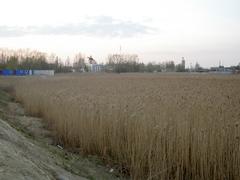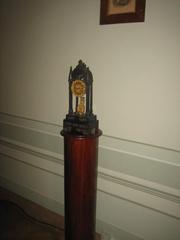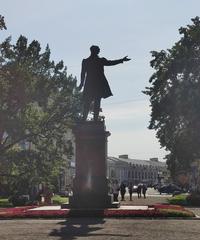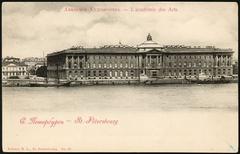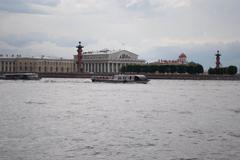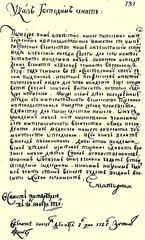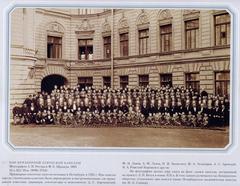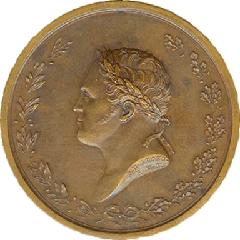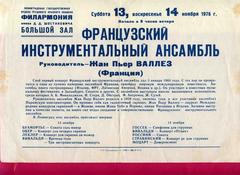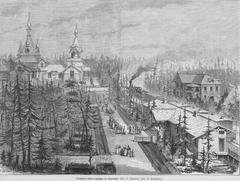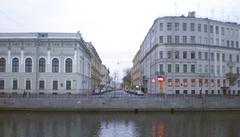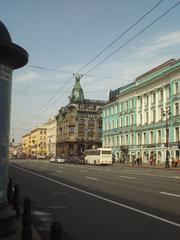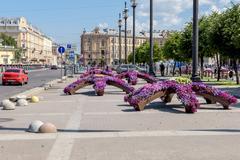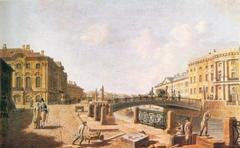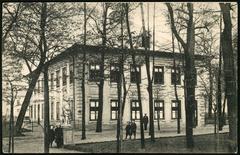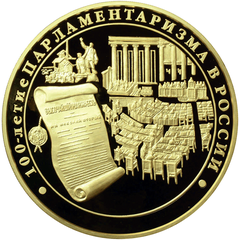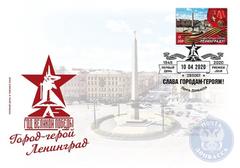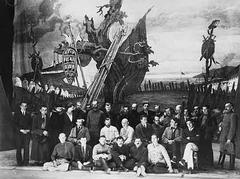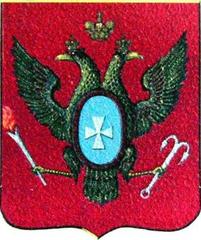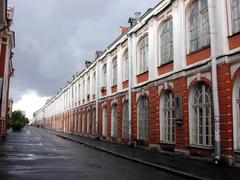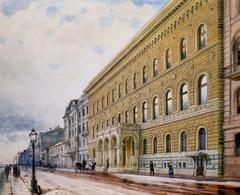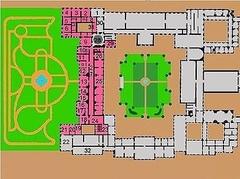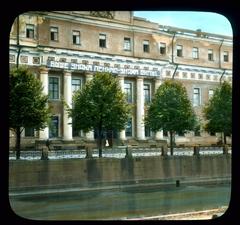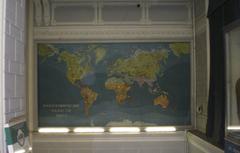State Museum of the History of St. Petersburg: Visiting Hours, Tickets, and Comprehensive Travel Guide
Date: 14/06/2025
Introduction
The State Museum of the History of St. Petersburg is a gateway to understanding one of Russia’s most storied cities. Situated within the historic Peter and Paul Fortress—St. Petersburg’s birthplace—the museum preserves and presents a rich tapestry of the city’s imperial origins, revolutionary upheavals, cultural achievements, and ongoing transformation. As a leading cultural institution, it not only houses invaluable artifacts but also actively shapes public appreciation for St. Petersburg’s identity. This guide offers detailed insights into the museum’s history, significance, exhibitions, visiting logistics, accessibility, and practical advice to make your visit truly memorable. For further details, refer to trusted resources like ExpresstoRussia, BarefootCaribou, and Saint-Petersburg.com.
Table of Contents
- Introduction
- Museum History and Evolution
- Architectural and Cultural Significance
- Collections and Thematic Exhibitions
- Museum Complex and Satellite Sites
- Visitor Information
- Visitor Experience and Practical Recommendations
- Frequently Asked Questions (FAQ)
- Planning Your Visit
- References
Museum History and Evolution
Founding and Early Development
The museum was established in 1918, soon after the Russian Revolution, with a mission to safeguard St. Petersburg’s unique historical and architectural legacy. Its initial collections were housed within the Peter and Paul Fortress—founded by Peter the Great in 1703—which had already witnessed centuries of imperial and political events. In its formative years, the museum focused on preserving documents, artifacts, and monuments at a time of intense social and political change (ExpresstoRussia).
Expansion and Institutional Growth
During the Soviet era, the museum expanded its holdings and influence, taking stewardship over additional historic sites such as the Rumyantsev Mansion and the Alexander Blok Apartment Museum. Its exhibitions grew to include commemorations of the Siege of Leningrad during World War II, highlighting the city’s resilience and the personal experiences of its citizens. Today, the museum’s collection encompasses over 1.5 million items, ranging from architectural plans to everyday objects and rare manuscripts (BarefootCaribou).
Architectural and Cultural Significance
The Peter and Paul Fortress itself is a living artifact—a symbol of imperial power, innovation, and endurance. Its iconic cathedral, with a gilded spire, houses the tombs of Russian emperors from Peter the Great to Nicholas II. The fortress’s history as a military stronghold and political prison (notably for figures like Dostoevsky and Trotsky) echoes through the museum’s exhibitions (ExpresstoRussia). The museum’s role in ongoing restoration ensures this landmark remains accessible and relevant for future generations.
Collections and Thematic Exhibitions
Permanent Exhibitions
The museum’s permanent displays trace the city’s foundation, imperial period, revolutionary events, and Soviet era. Highlights include:
- “The History of St. Petersburg – Petrograd – Leningrad”: A chronological journey from the city’s founding to the present, featuring artifacts, maps, portraits, and multimedia installations.
- Peter and Paul Cathedral: The Romanov family tombs and ornate interiors.
- Trubetskoy Bastion Prison: Original cells, inmate graffiti, and artifacts illustrating political repression (Academia.edu).
Temporary and Thematic Exhibitions
Regularly rotating exhibitions delve into urban development, minority communities, cultural life, and military history. The museum also hosts educational workshops, lectures, and interactive programs for all ages, fostering a nuanced understanding of St. Petersburg’s evolution (BarefootCaribou).
Museum Complex and Satellite Sites
Main Site: Peter and Paul Fortress
The fortress is a star-shaped citadel on Zayachy Island along the Neva River, featuring:
- Peter and Paul Cathedral and Grand Ducal Burial Vault
- Trubetskoy Bastion Prison
- Commandant’s House (core historical exhibition)
- Nevsky Gate and Kronverk (often hosting temporary exhibitions)
Affiliated Museums
The museum manages several satellite sites, enriching the narrative of the city’s history (Berghahn Books):
- Museum of the History of Political Police
- Museum of Printing
- Rumyantsev Mansion
- Alexander Blok Apartment Museum
- Sergey Kirov Museum
Visitor Information
Visiting Hours
- Museum and Exhibitions: Tuesday–Sunday, 10:00 or 10:30 AM to 6:00 PM (last admission: 5:00–5:30 PM).
- Closed: Mondays and select public holidays.
- Fortress Grounds: Open 10:00 AM to 8:00 PM, year-round (hours may vary seasonally).
- Always check the official museum website for any changes.
Ticket Prices and Purchase Options
- General Admission: 400–600 RUB (varies by exhibition and season)
- Discounts: Students, seniors, and children receive reduced rates; children under 7 enter free.
- Combination Tickets: Available for access to multiple exhibitions/sites within the complex.
- Where to Buy: Online via the official museum website, at fortress ticket offices, or through authorized vendors. Advance purchase is recommended during peak seasons.
Accessibility
- Most main exhibition spaces are wheelchair accessible, with ramps and elevators in key areas.
- Accessible restrooms and staff assistance are available; some historic structures may have limitations.
- For specific accessibility needs, contact the museum in advance (disabledaccessibletravel.com).
Guided Tours and Special Events
- Daily guided tours in English, Russian, and other languages (booking in advance is recommended).
- The museum regularly hosts historical reenactments, lectures, art exhibitions, and seasonal festivals.
- Check the official website or on-site for current schedules.
Travel Tips and Nearby Attractions
- Getting There: Metro (Gorkovskaya station) and city buses serve the area.
- Nearby Sites: The Hermitage Museum, St. Isaac’s Cathedral, Nevsky Prospect, Museum of Artillery, Cruiser Aurora, and the Summer Garden (saint-petersburg.com).
- Amenities: Cafés, souvenir shops, rest areas, and free maps are available within the fortress.
Visitor Experience and Practical Recommendations
Arrival and Orientation
- Entry to fortress grounds is free; tickets are needed for exhibitions.
- Signage and maps are in Russian and English; guided tours enrich the experience.
Timing Your Visit
- Visit early or late in the day to avoid crowds, especially from May–September and during the White Nights festival (introducingsaintpetersburg.com).
- Allocate at least 2–3 hours; history enthusiasts may spend half a day.
On-Site Etiquette and Comfort
- Dress modestly for religious spaces; comfortable shoes recommended for cobblestone paths.
- Non-flash photography is generally allowed; check signage.
- Security checks at entrances; large bags may need to be stored.
- Dress in layers and bring rain gear due to unpredictable weather.
Accessibility and Support
- Most exhibitions are accessible; some historical areas may pose challenges.
- Staff are available to assist visitors with special needs.
- Public transport is generally accessible, but check metro station accessibility in advance.
For Families and Groups
- Interactive exhibits (e.g., Street of Time, Printing Workshop) are ideal for children and school groups.
- Special events, music, and educational programs available throughout the year.
Special Considerations for Cruise Passengers
- Cruise passengers without visas must join licensed group tours; bring tour tickets and passports for customs.
Frequently Asked Questions (FAQ)
Q: What are the museum’s visiting hours?
A: Typically 10:00/10:30 AM to 6:00 PM, Tuesday–Sunday. Closed Mondays.
Q: How much do tickets cost?
A: General admission ranges from 400–600 RUB; discounts available.
Q: Can I buy tickets online?
A: Yes, online purchase is available and recommended.
Q: Is the museum wheelchair accessible?
A: Most areas are accessible, with ramps and elevators; some historic buildings have limited access.
Q: Are guided tours available?
A: Yes, in multiple languages; book in advance for best availability.
Q: What other sites are nearby?
A: The Hermitage, St. Isaac’s Cathedral, Nevsky Prospect, Museum of Artillery, Cruiser Aurora, Summer Garden.
Q: Can I take photos inside?
A: Non-flash photography is allowed in most areas.
Planning Your Visit
The State Museum of the History of St. Petersburg offers a dynamic, multifaceted exploration of the city’s past and present. To ensure a rewarding experience:
- Check the latest visiting hours and ticket options online.
- Purchase tickets in advance, especially during peak travel periods.
- Take advantage of guided tours and special exhibitions.
- Use the Audiala app for digital guides, and follow official channels for updates and events.
- Explore affiliated museums and nearby historical sites for a comprehensive understanding of St. Petersburg’s heritage.
For ongoing updates and travel inspiration, explore related articles and download the Audiala app.
References
- The State Museum of the History of St. Petersburg: Visiting Hours, Tickets, and Rich Historical Insights, 2025, ExpresstoRussia
- Historical Places in St. Petersburg, 2025, BarefootCaribou
- Top 20 Museums in St. Petersburg, 2025, Saint-Petersburg.com
- Discover the Peter and Paul Fortress: Visiting Hours, Tickets, and Exploring St. Petersburg’s Premier Historical Site, 2025, Berghahn Books
